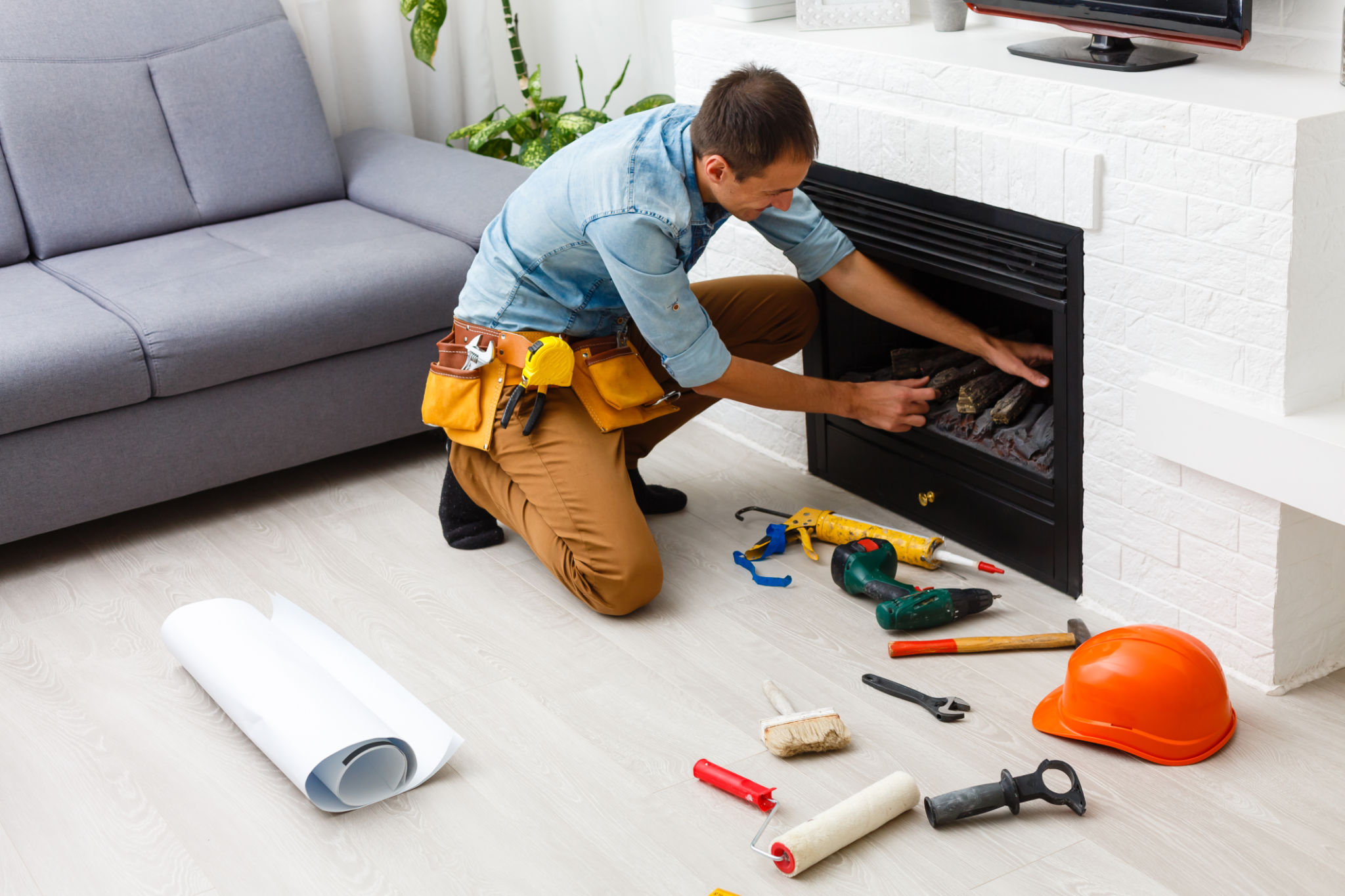Myths About Gas Fireplace Safety Debunked by Charlotte Experts
Understanding Gas Fireplace Safety
Gas fireplaces have become a popular choice for homeowners seeking the warmth and ambiance of a traditional fireplace without the maintenance of wood-burning options. However, misconceptions about their safety often deter people from enjoying these efficient heating solutions. Charlotte experts are here to set the record straight by debunking common myths and providing clarity on gas fireplace safety.

Myth 1: Gas Fireplaces Cause Indoor Air Pollution
One prevailing myth is that gas fireplaces contribute significantly to indoor air pollution. In reality, modern gas fireplaces are designed with advanced technology that ensures clean combustion. They produce minimal emissions compared to wood-burning fireplaces, making them a safer and more environmentally friendly option. Regular maintenance and proper ventilation further minimize any potential risks.
It's crucial to have your gas fireplace installed and serviced by professionals to ensure that all components function correctly and safely. By doing so, homeowners can enjoy the benefits of a gas fireplace without worrying about air quality issues.
Myth 2: Gas Fireplaces Are Prone to Explosions
Another common concern is the risk of explosions. While it's true that gas is a flammable substance, the chances of a gas fireplace exploding are extremely low when proper installation and maintenance guidelines are followed. Gas fireplaces are equipped with numerous safety features, such as automatic shut-off valves and carbon monoxide detectors, to prevent hazardous situations.

To further mitigate any risks, it's recommended that homeowners conduct annual inspections and servicing by qualified technicians. This ensures that all safety features are functioning correctly and that there are no leaks or malfunctions.
Myth 3: Gas Fireplaces Are Difficult to Maintain
Many people believe that maintaining a gas fireplace is a complicated and time-consuming task. In truth, gas fireplaces require significantly less maintenance than their wood-burning counterparts. There's no need to clean out ash or worry about chimney soot buildup. Routine maintenance involves checking for leaks, ensuring proper ventilation, and occasional cleaning of glass doors and burners.
- Schedule annual inspections by a certified professional.
- Regularly check for any unusual smells or noises.
- Keep the area around the fireplace clear of flammable materials.

Myth 4: Gas Fireplaces Aren't as Warm as Wood-Burning Fireplaces
Some individuals assume that gas fireplaces don't provide the same level of warmth as wood-burning ones. However, modern gas fireplaces are highly efficient and capable of heating an entire room effectively. They offer adjustable heat settings, allowing homeowners to control the amount of warmth based on their preferences.
Additionally, gas fireplaces distribute heat evenly, ensuring that every corner of the room remains cozy and comfortable. This makes them an excellent choice for both supplemental heating and primary heating sources in milder climates.
Conclusion: Enjoying Your Gas Fireplace Safely
Gas fireplaces offer a convenient, efficient, and safe way to enjoy the comfort of a fire in your home. By debunking these myths, Charlotte experts hope to provide homeowners with the confidence to choose gas fireplaces without hesitation. Remember, proper installation, regular maintenance, and adherence to safety guidelines are key to enjoying your gas fireplace safely for years to come.